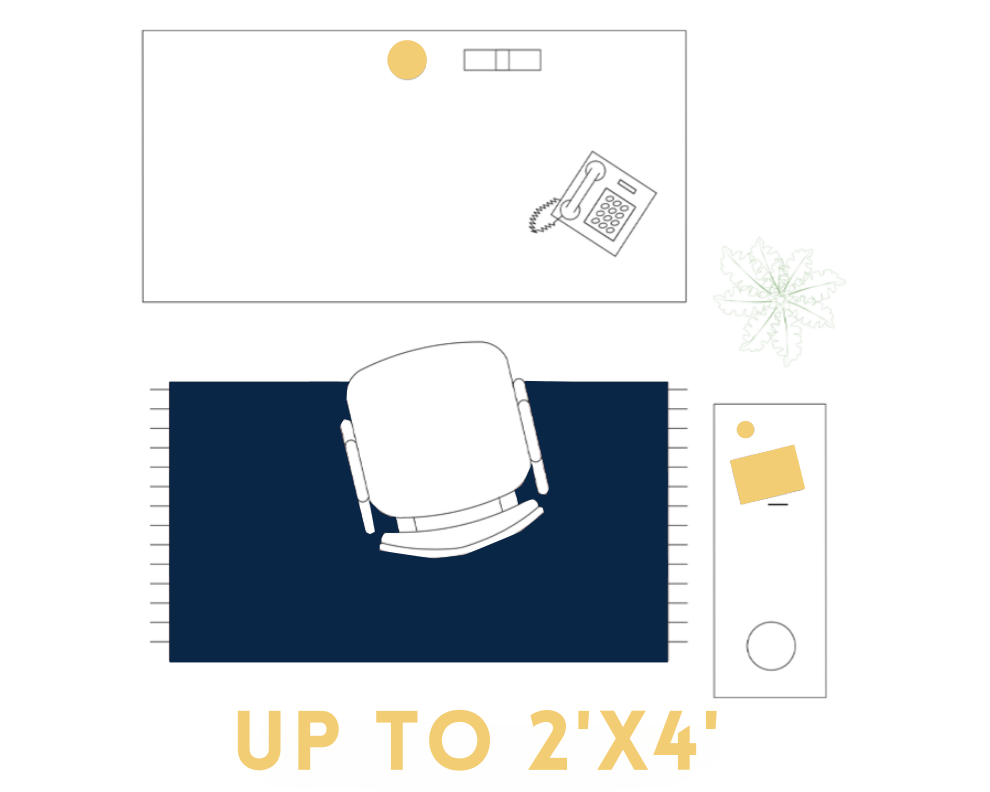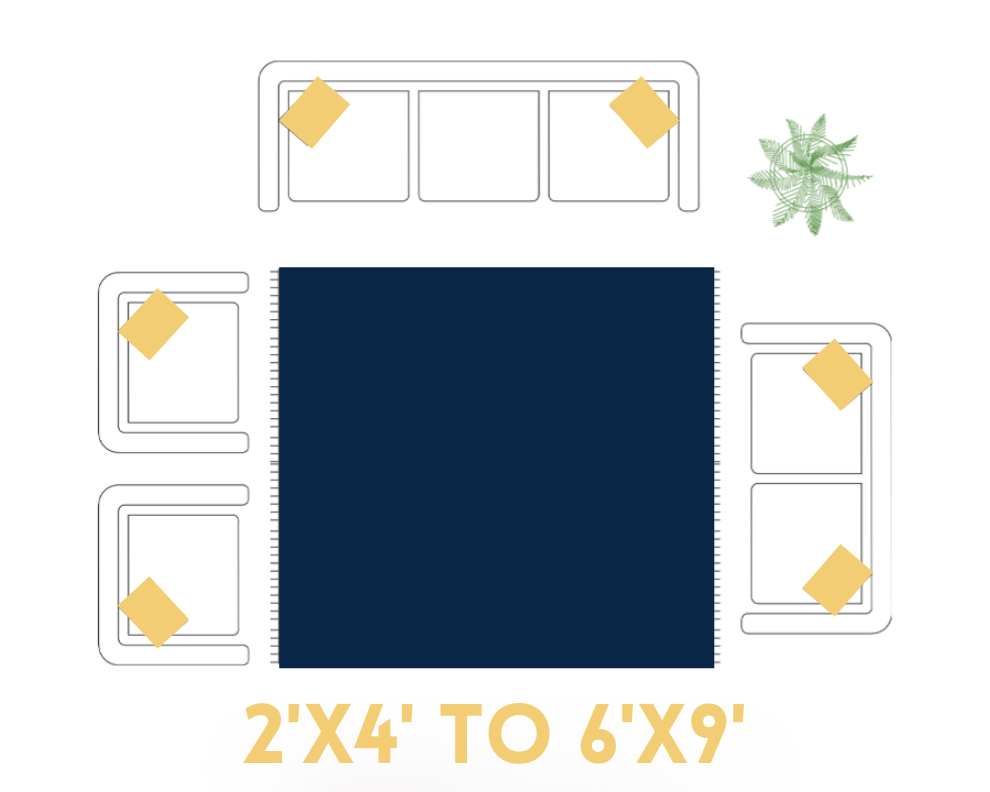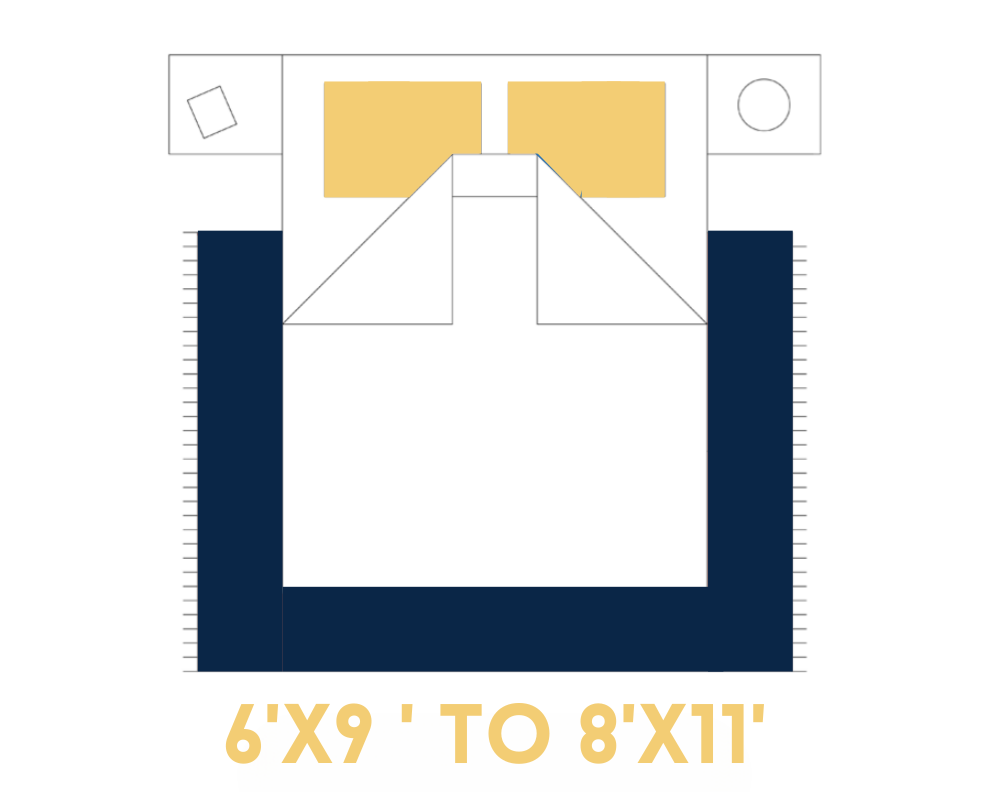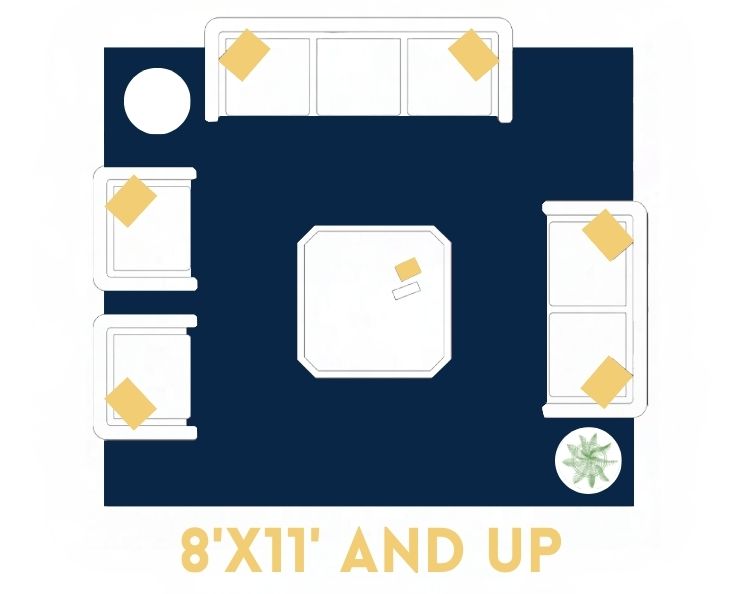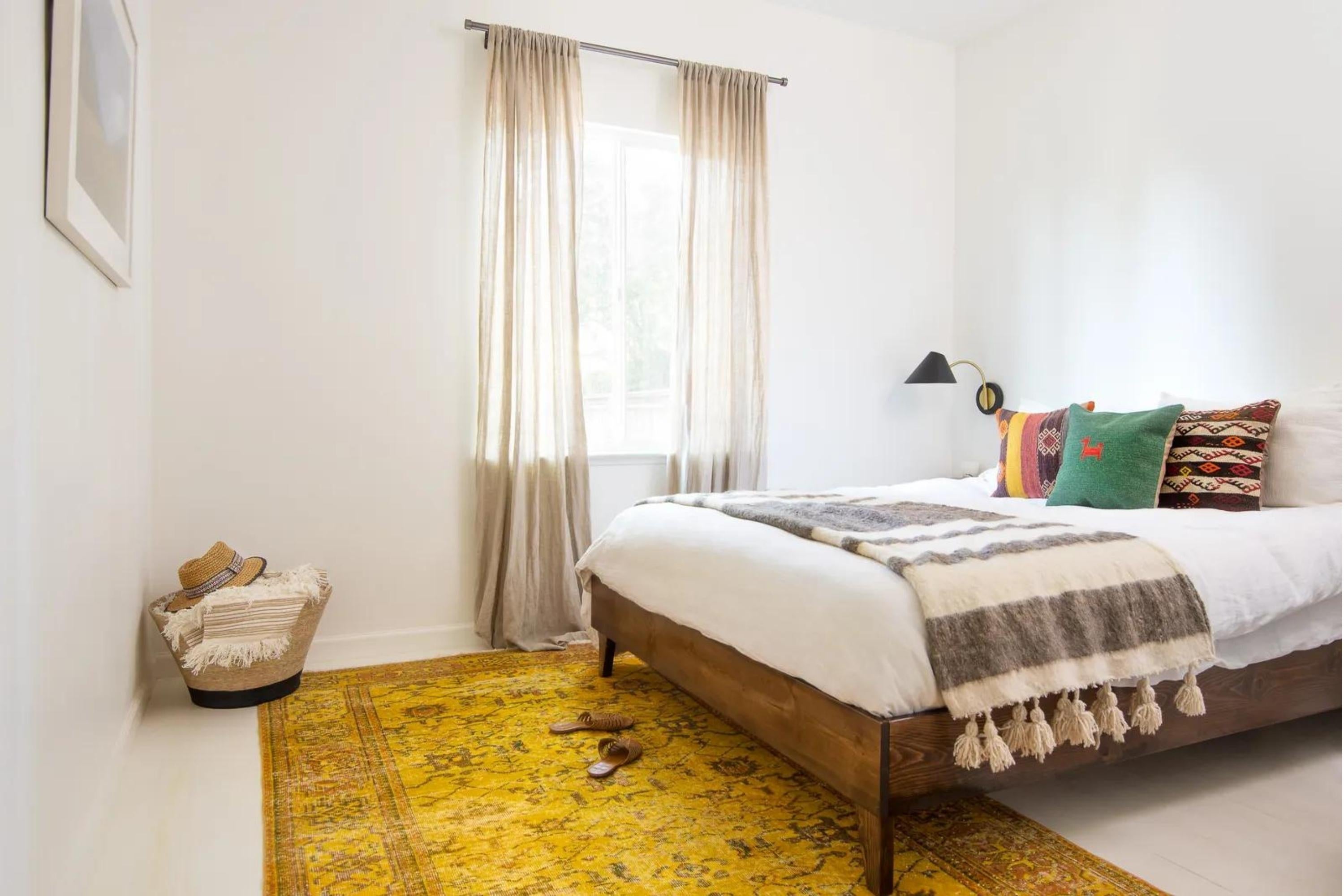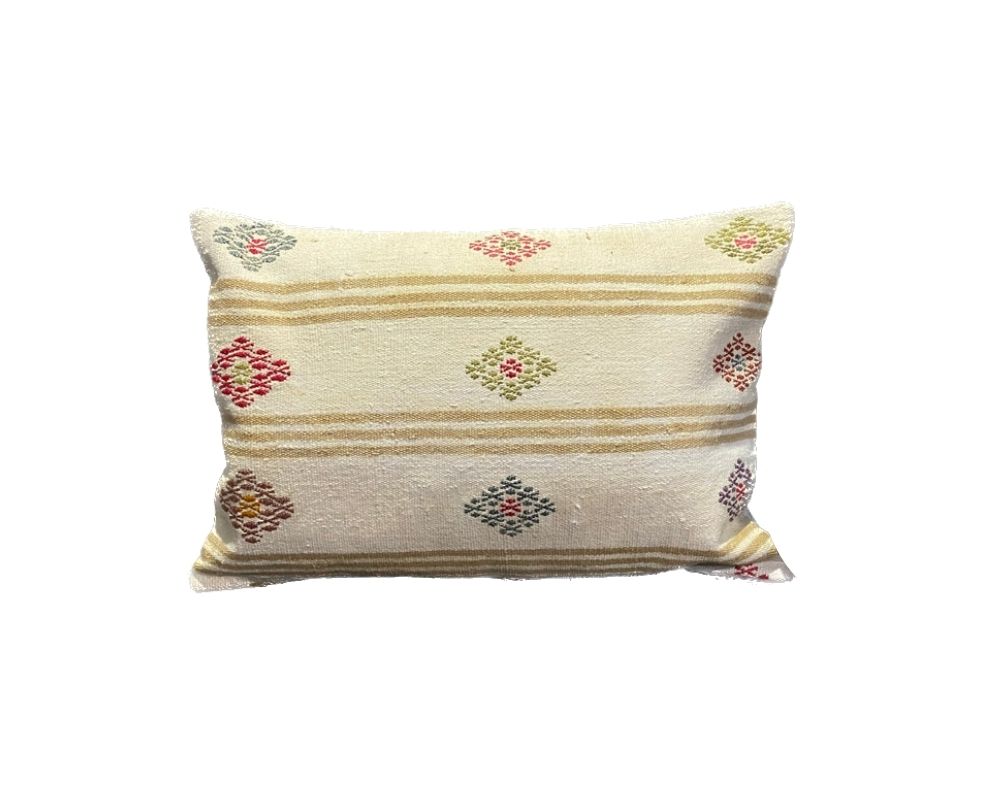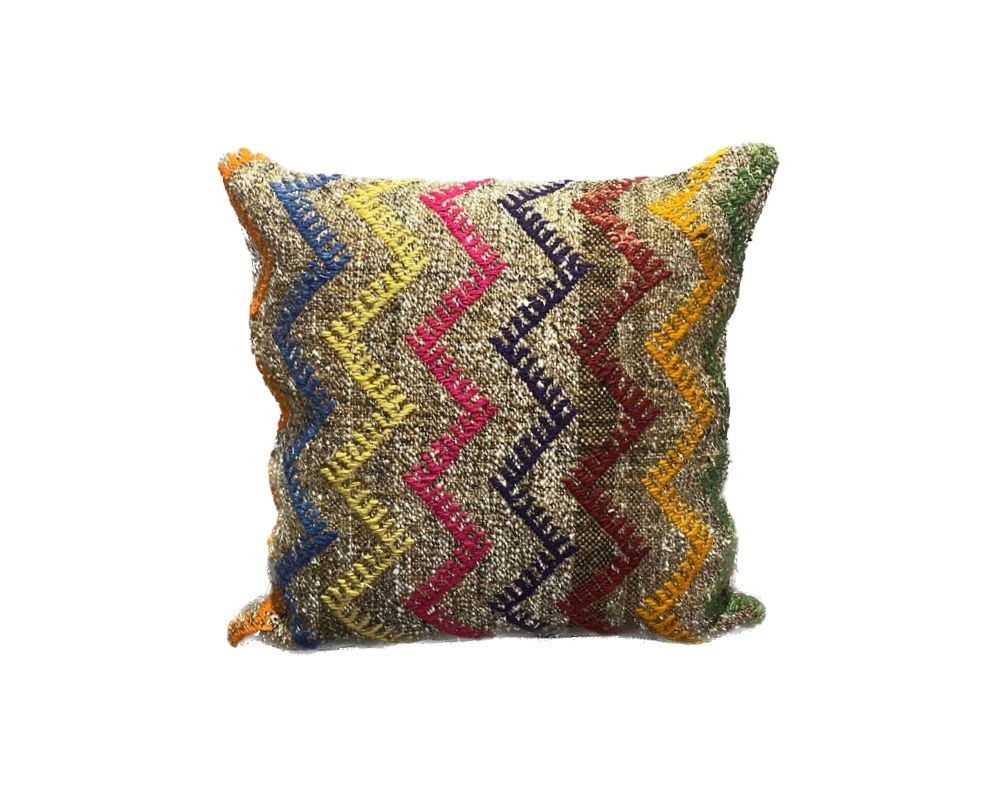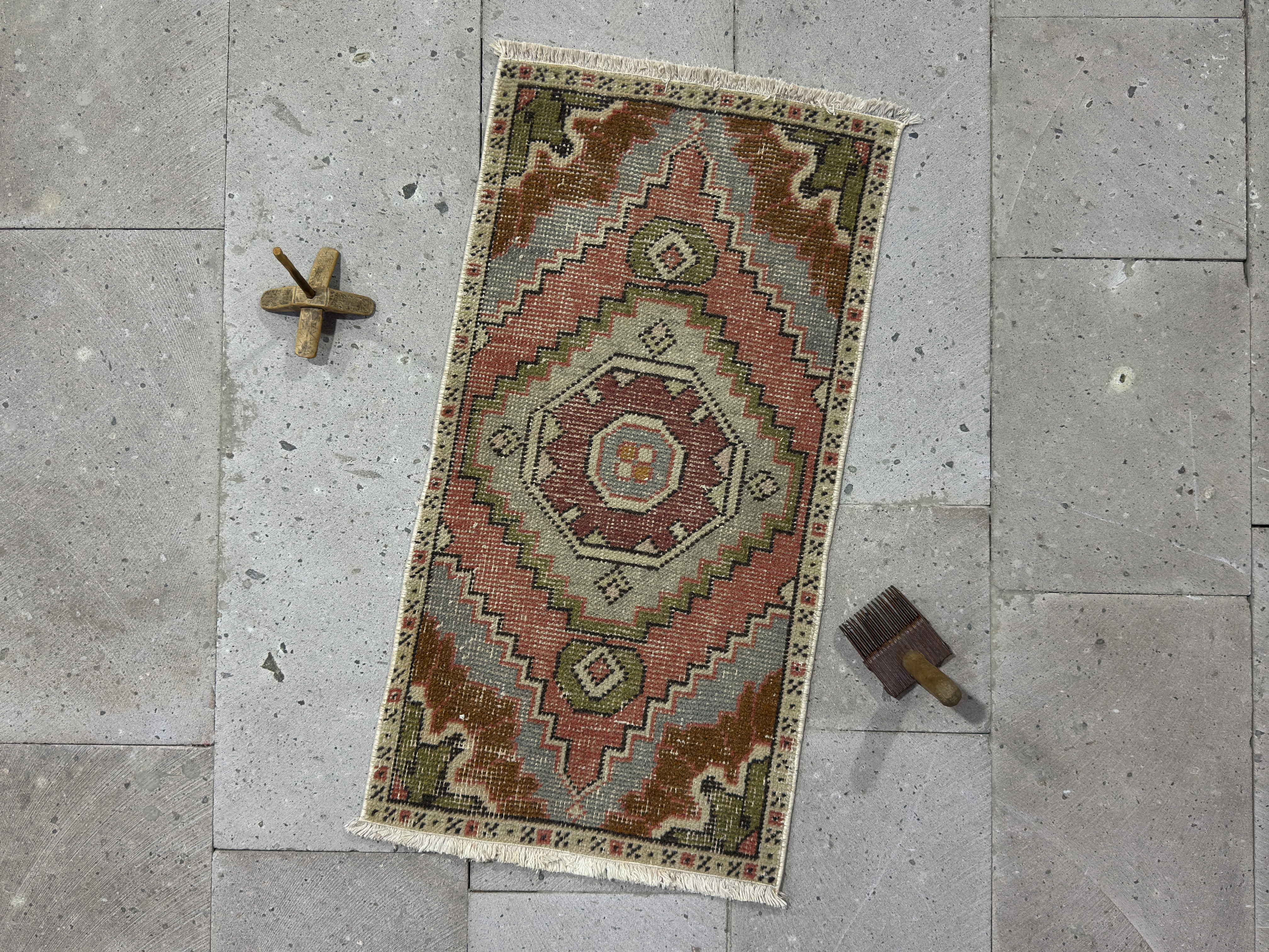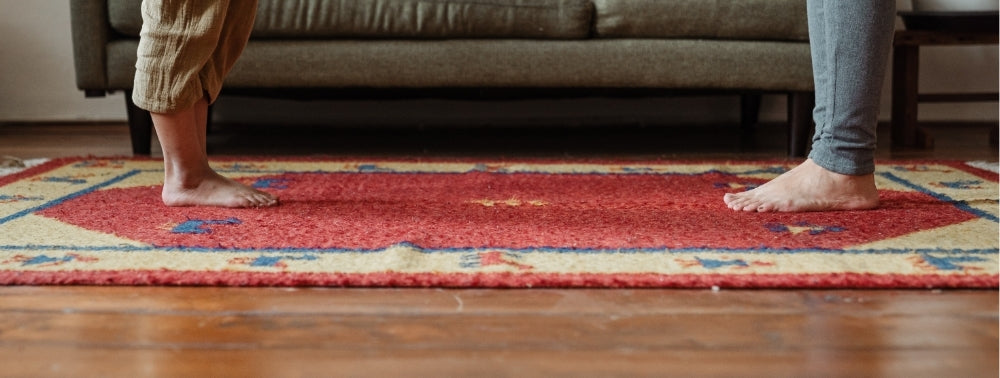
Turkish Rugs
Turkish rugs capture the essence of rich cultural heritage and exquisite craftsmanship, bringing the timeless artistry of Turkey into your home. Each handcrafted piece showcases intricate designs and vibrant colors that infuse any space with life and warmth. These rugs are more than just decor; they are enduring works of art that add character and sophistication to your interior. Transform your living space with a Turkish rug and enjoy the perfect blend of history, beauty and quality.
Jenny 4’5” x 7’
Cindie 4’4” x 6’4”
Daune 3’10” x 6’5”
Fara 5’ x 8’10”
Jami 3’8” x 5’
Glad 4’10” x 6’1”
Kori 3’8” x 6’9”
Mady 3’8” x 6’10”
Rae 4’2” x 7’
Vita 4’2” x 6’6”
Rosita 1’9” x 3’2”
Moira 1’8” x 3’3”
Haley 1’9” x 4’
Kelsy 1’6” x 3’1”
Gayle 1’7” x 3’2”
Calla 1’7” x 3’4”
Alie 1’8” x 3’2”
Diann 1’6” x 3’1”
Ortensia 1’8” x 2’10”
Minetta 2’ x 4’
Lissi 1’8” x 3’3”
Salomi 2’4” x 2’8”
Kandy 1’7” x 3’5”
Monika 1’10” x 3’2”
Portia 2’ x 3’9”
Torrie 1’8” x 3’
Tildi 1’9” x 3’
Shel 6’9” x 10’
Robbyn 4’9” x 8’8”
Perla 4’ x 7’2”
Norina 5’ x 8’
Kiele 4’3” x 8’5”
Jaynell 3’8” x 7’4”
Dian 6’10” x 10’
Berna 3’7” x 5’6”
Carine 7’ x 10’2”
Adaline 5’4” x 10’7”
Grazia 5’ x 8’3”
Jessi 5’2” x 8’1”
Molli 6’7” x 10’3”
EVERYTHING YOU NEED TO KNOW ABOUT TURKISH RUGS
Handmade Turkish Rug
I don't simply think of floor coverings when I think about handknotted Turkish carpets. I think of my grandmother's living room, where the rug was more than just a décor; it was a place to hang out. Everyone sat around it, kids played on it, and tea glasses sometimes spilled. Yes, that caused minor stains, but they somehow became part of the memory. A factory rug can never feel as lively as a handmade Turkish rug. Every handmade Turkish rug has the touch of the weaver, who was usually a woman from a hamlet who passed down patterns like family secrets. The colors are never exactly the same (since natural dyes change over time), and that's what makes them so attractive. When people ask me how much handmade Turkish rugs cost, I usually smile a little bit because the price isn't just for the wool and knots; it's also for the months of patience that went into making them and the tradition that won't die.
When I touch a handmade Turkish rug, I sometimes wonder how many hours went into making this line or this pattern. You don't get such feeling from carpets that are made in large quantities. And I might be a little biased because I grew up with them, but even a small Turkish rug can affect the way a room feels. They make the area feel softer and warmer, and they remind you that there are still people who make things by hand, not just machines.
History of Turkish Carpets
Turkish carpets have a lengthy and intricate history, but it's also weirdly intimate. If you've ever walked inside a mosque in Istanbul and looked down at the patterns on the floor, you've been standing on hundreds of years of tradition. People have been weaving Turkish carpets for more than a thousand years. They started in Central Asia, then moved to Anatolia, and eventually spread over the world. I sometimes image a nomadic family rolling up their carpets as they traveled from one pasture to another. That rug wasn't just for show; it was for survival. It kept the ground warm, conveyed their tale, and made them feel like they belonged.
I'm interested in how Turkish rugs got to be so popular. A rug made in Konya could end up in a castle in Venice. A collector in New York might have another one from Anatolia. You may even see old Turkish rugs in current design publications these days. This shows that something made hundreds of years ago still has meaning for us today. I like to imagine that when you bring a Turkish carpet into your home, you're borrowing a bit of that history. It seems dramatic, but that's how it feels.
How is a Turkish Rug Made?
You know that making a Turkish rug takes both discipline and inventiveness if you've ever seen someone do it. Wool is the first step in the process. Sometimes goat hair or cotton is used, but most of the time sheep's wool is used since it is soft and strong. Natural things are often used to make dyes, such madder root for red, indigo for blue, and walnut shells for brown. I remember witnessing a pot of dye boiling once. The smell filled the room, and the weaver dipped wool into it like it was a ritual. Then the wool is spun into yarn, and the weaving starts.
The Turkish double knot, which is also called the Ghiordes knot, is what makes these rugs different. The knots are knotted around two warps, which makes the rug stronger and makes the designs stand out more. Turkish wool carpets last a long time because they are made to last. Weavers follow patterns, but not necessarily exactly. Sometimes they make things up, sometimes they forget, and occasionally they have to change colors in the middle because the dye batch ran out. And that's where the magic is. You don't see perfection when you look at a rug from Turkey; you see life.
How to Verify the Authenticity of Vintage Turkish Rugs?
This is hard because there are both real and fake rugs on the market. People have sent me pictures of rugs and asked, "Is this a real vintage Turkish rug?" My answer usually starts with "Turn it over." The back of a rug tells you a lot. Real vintage Turkish rugs reveal the knots, uneven spacing, and little flaws that people make. Rugs manufactured by machines look excessively crisp and clean. Another sign? The stuff. Turkish wool rugs are soft but strong, not like plastic. You will know if you run your hand over one.
Yes, rugs can be made to look ancient, and sometimes consumers fall for fake aging processes. But you can't mimic the depth of color in real vintage rugs. The reds turn into terracotta, while the blues turn into sky tones. And you might see some wear in the middle, where people walked the most. That's part of the tale, not a mistake. When you buy Turkish rugs online, search for stores that have been there for a while, not just one that opened last month. If you ever get the chance to buy a rug straight from a shop in Turkey, do it. Just going through it will educate you what it is to be real.
How to Choose the Perfect Turkish Rug
Picking the right Turkish rug is a lot like picking a friend: it's not just about how it looks, but also how you connect with it. Size is important (a small rug won't accomplish much in a big living room), and so are colors. But I constantly urge folks not to worry about making everything match. You might not expect it, but the rug you need is the one you need. A drab room comes to life with a bright Turkish rug. A neutral Turkish rug in a crowded room makes it feel tranquil. Don't simply think about how the room appears; think about how you want it to feel.
I've bought carpets that looked great in pictures but felt cold when I put them down. And I've also acquired carpets that I thought were too bold at first but ended up being my favorite thing in the house. So go with your gut. Rugs from Turkey are more than just things to put on the floor; they're things you care about. And when you find the proper one, you'll know.
How to Choose a Turkish Rug for Your Home
Rugs make it easier to do interior design, which can be scary. A Turkish rug is like a bridge because it connects things. A vintage Turkish rug offers warmth and breaks up the monotony of modern spaces. A Turkish wool rug adds to the charm of a classic home. I've seen kilim rugs (flatweaves) put over modern sofas without any thought, and it somehow fits. Turkish handmade rugs can change to fit your space. They don't clash with your furniture; they make it look better.
A bright Turkish rug can really bring out the beauty of wood floors. A bright Turkish carpet rug brings life to white walls. And here's an advice from me: don't be afraid to blend styles. I've tried it, and a Turkish old rug with Scandinavian furniture looks great. A classic Turkish rug in the kitchen of a farmhouse looks right. The objective is, let the rug do the talking. It usually knows where it should go.
The Benefits of Owning a Turkish Rug
There are practical benefits like comfort, warmth, and durability, but the emotional rewards are as important. Having a Turkish rug is part of a broader story. You aren't simply buying wool when you buy a handmade Turkish rug. You're also supporting craftsmen, keeping traditions alive, and adding something real to your house. Turkish rugs look better as they get older. The longer you have them, the better they appear. Turkish handknotted carpets last longer than mass-produced ones, which wear away.
I still have a rug that my parents bought a long time ago. It's worn out and faded in some places, but it's still the prettiest rug in the house. All of the guests see it. That's the thing: Turkish rugs make people talk. They narrate stories without saying a word in your home. Also, if you ever want to sell, classic Turkish rugs generally keep their worth or even go up. Say that about a rug created by a machine.
How to Care for Your Turkish Rug
It's hardly rocket science to take care of Turkish rugs, but you do need to pay attention. Gently vacuum (without the roller brush). If something spills, don't rub it; just blot it (I learnt this the hard way with red wine). Colors will fade over time in the sun, so move the rug around every now and then. Every few years, get it cleaned by a professional. People who clean oriental carpets know how to take care of wool Turkish rugs.
And here's a secret: the rug won't be ruined by mistakes in care. They become a part of its life. A little stain and a slightly ragged edge all add to the character. Turkish rugs are robust; they've been around for a long time for a reason. Be nice to them, but don't worry too much. People should live in them, not just stare at them.
Explore Our Collection of Turkish Rugs
If you want to learn more, we have a large range of Turkish rugs to choose from. We have real Turkish carpets from different parts of the country, kilim rugs (flatweave designs) for lighter areas, and even modern Turkish rugs if you like crisper lines. We love connecting traditions, so you'll also find links to Persian carpets and vintage rugs. Many collectors like to look at various types together.
I know that looking at carpets online might be too much. But when you see them all together, it's easier to observe the diversity in their patterns, colors, and even the energy they give off. There is something in the assortment for everyone, whether you like Turkish wool rugs, Turkish silk rugs, or merely cheap Turkish carpets for informal environments. And yes, we ship all around the world because rugs from Turkey should be everywhere.
Turkish Rug Sales
It's always hard to talk about Turkish rug sales because the costs are so different. Depending on their size, substance, and age, handmade Turkish rugs might be a great deal or a luxury item. I have seen little, real Turkish rugs sell for relatively cheap, while big, old ones can cost as much as a car. But I think that there is a rug for any budget. Authentic Turkish rugs, even cheap ones, tell the same story.
Some individuals buy rugs as investments, while others buy them because they like how they feel on their feet. Both reasons are good. If you live in the U.S., Turkish rug stores regularly offer sales, and you might even be able to acquire Turkish rugs online for a very low price. Just be careful: only buy from a carpet or rug retailer that has a good name. You shouldn't bet on a Turkish handmade rug.
Turkish carpets are more than just sales and prices; they're about the people who made them and the connections they made with every knot. You'll understand why folks like myself can't stop talking about them once you experience it.





